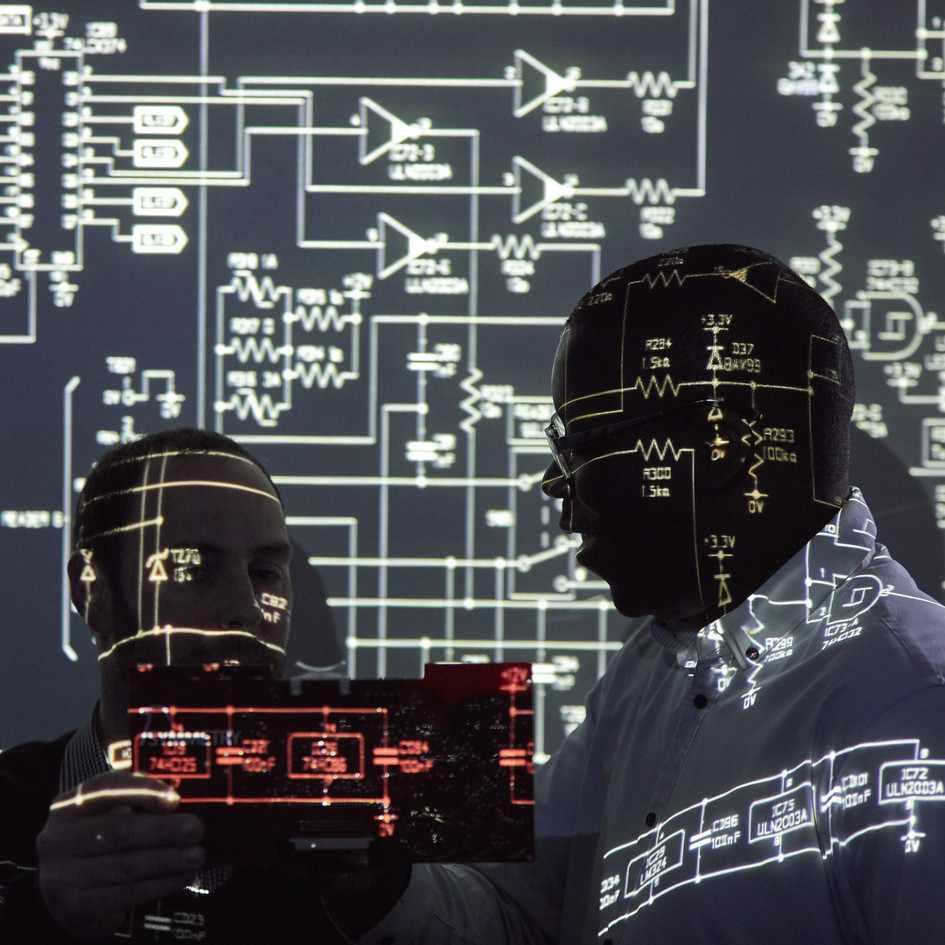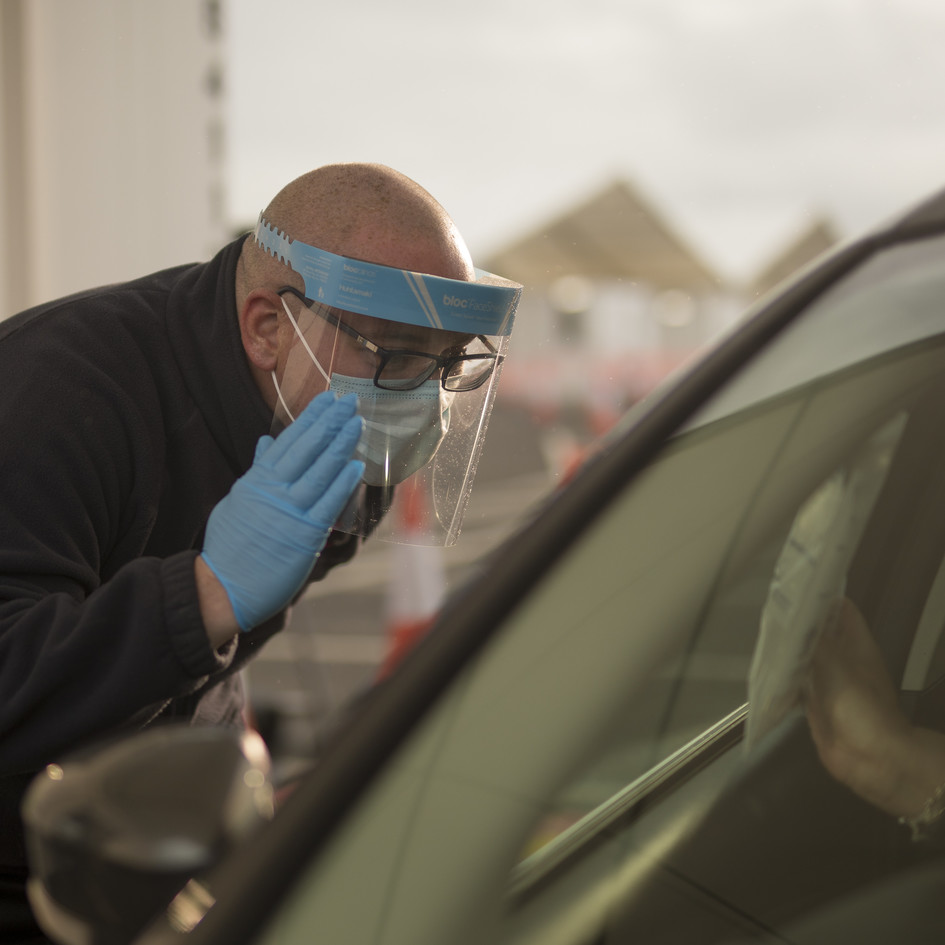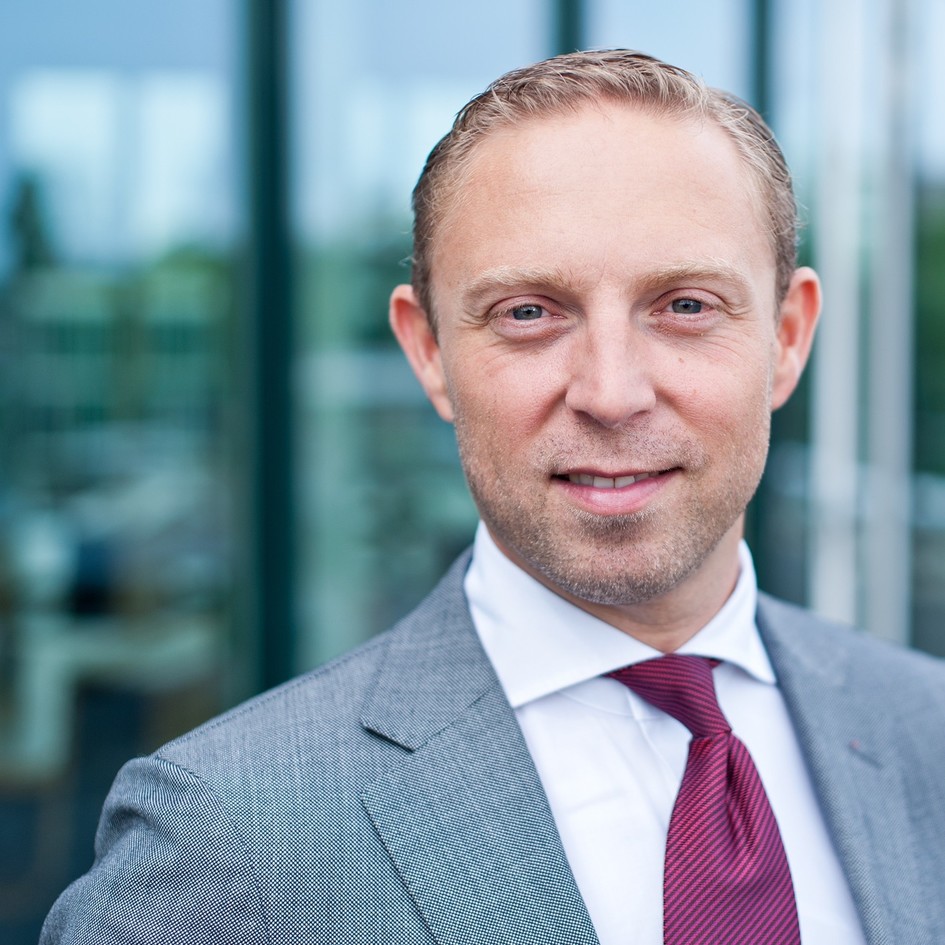
What makes
Close Protection Officers exceptional and how to be one

A VIP CEO of a large Japanese technology company is travelling to a country on business and the best Close Protection Officer (CPO) is hired to keep him safe.
The businessman’s movements are planned meticulously; The journey from the airport to the hotel; the hotel to a discreet upmarket restaurant for an important dinner meeting; back to the hotel; hotel to his morning meeting. Every site has been recced, every entrance and exit, blind spot, danger and potential threat has been scoped out and risk assessed.
What could go wrong? Anything can and his CPO is trained to make split second decisions, even when under extreme duress.
The role of the CPO is to know everything about everywhere their client will go. He or she will notice much more than the average person, every detail, every nuance and when he has a critical and quick decision to make, he knows how to keep his client safe.
This situation really happened. When the VIP’s CPO spotted that covert members of two rival gangs were positioned inside the restaurant posing as diners and outside the building in parked cars, he needed to get his VIP out of the building fast, without using the front door and putting him in harm's way.
The CPO had already planned a swift exit through the kitchen in an emergency and knew exactly what to do. No member of the public would have noticed a single thing or known anything about the danger they were in. The tells and signs the CPO looks for are all part of the training, making them hyper-aware to anything that is slightly out of place. They look for the absence of the normal or the presence of the abnormal.
Not everyone can be a CPO
When finding and choosing security professionals to be CPOs, the assessment and training process is rigorous. Only a very small number of individuals make it through - on average less than 10% of those who apply have what it takes.
An example of a test that a potential CPO is put through will include a combination of extreme physical stresses and mental agility tests.
It could be extreme cold in the form of jumping through an ice hole into a freezing lake and immediately running 5km carrying a heavy backpack, followed in quick succession by taking a difficult non-verbal problem solving test, under time pressure.
This assesses a person's resilience and endurance to see if they can withstand the strain these different situations put on their decision making ability and the speed of their reactions.
CPOs may have to stand at their post for many hours, or remain vigilant to every possible threat around them in a crowd. They may have to react quickly on very little sleep in a situation which is changing rapidly.
The tells and signs the CPO looks for are all part of the training, making them hyper-aware to anything that is slightly out of place. They look for the absence of the normal or the presence of the abnormal.
Intensive CPO training
There is a certain combination of qualities that a CPO has which most people do not.
Many CPOs have a background in the police, security services or the armed forces - this stands them in very good stead.
Not only does a CPO require a high-level of physical fitness and significant stamina, but there is a situational awareness, vigilance and emotional intelligence combination they must have, to be able to navigate the range of circumstances they could face.
Individuals with a high emotional intelligence are able to detect patterns in their environment and in their interactions with others, allowing them to quickly understand and respond to the emotions of others and anticipate challenges or opportunities. They also tend to have strong "gut feelings" or intuition, which can be a valuable tool in decision-making and problem-solving.
While a CPO must be thorough and plan meticulously, they also must be able to react to the unexpected more quickly than the average person.
G4S in Denmark has designed a rigorous and challenging programme of different training and continuous professional development. This includes a mandatory and intensive 150-hour residential course covering threat and risk assessment, operational planning, security formations, surveillance awareness, observation, close protection journey management, venue security and law and legislation related to close protection security. All CPOs also go through an advanced driving course including high speed manoeuvre and close formation driving.
In most developed countries, there are regulatory bodies which dictate the minimum amount of training a CPO must have in that jurisdiction to hold a licence. At G4S in Denmark, that statutory minimum is exceeded almost three times over.
Krav Maga - the art of self-defence
All of our CPOs are trained in the self-defence martial art Krav Maga. Rather than learning to fight, our CPOs learn Krav Maga as a highly effective survival system to defend against armed or unarmed attackers with only one objective: to eliminate the threat in the fastest way possible and leave the situation alive and unharmed.
This was chosen as the perfect complement to the requirements of a CPO. In most countries, CPOs are not licensed to carry a firearm but they need to have the skills to know what to do, quickly and effectively to disarm someone and get out of a very dangerous situation with their client unharmed.
The range of the customers we have - journalists and broadcasters, high net-worth individuals and their families, celebrities, company CEOs and senior executives - means that the number of situations we plan for are very different, with a range of threats and challenges.
These include anything from planning and carrying out the protection of journalists and photographers covering a volatile demonstration with large, potentially hostile, crowds, to protecting a celebrity who has received credible threats from a potential stalker. Both require the precision and exacting resolve of our elite CPOs.
Anders Bo Kristensen a team leader in G4S’ close protection business in Denmark who completed the rigorous CPO training said: “What we learnt in our training is that being prepared for every situation is critical and that we are only as strong as our weakest link in the team. Teamwork in high pressure situations is essential. The training is really tough, fulfilling and rewarding. Over a 16-day period, we were put through extremely demanding physical and mental agility drills and tests which pushed us to our limits.”







